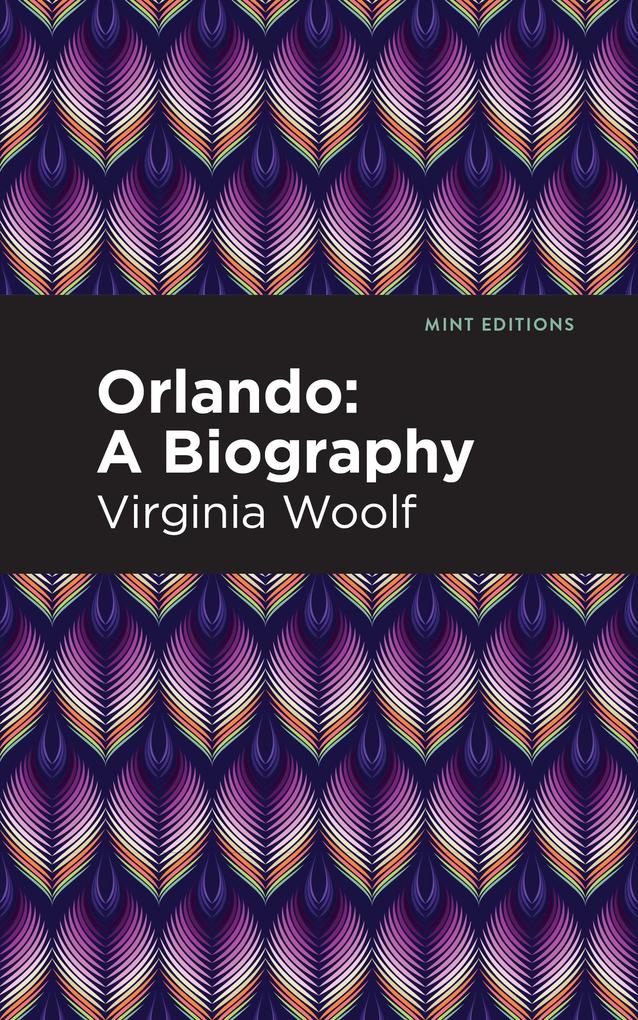
Sofort lieferbar (Download)
Awakening one morning in the body of a woman, Orlando-an adventurous young poet-begins a new life. Seemingly immortal, he spends the next four centuries becoming acquainted with English literary royalty and working on his debut collection of poetry. Inspired by a passionate affair between Virginia Woolf and Vita Sackville-West, Orlando: A Biography is an imaginative look at queer love in the twentieth century.
Mehr aus dieser Reihe
Produktdetails
Erscheinungsdatum
20. Februar 2024
Sprache
englisch
Seitenanzahl
206
Dateigröße
4,03 MB
Reihe
Mint Editions (Reading With Pride)
Autor/Autorin
Virginia Woolf
Verlag/Hersteller
Kopierschutz
mit Adobe-DRM-Kopierschutz
Produktart
EBOOK
Dateiformat
PDF
ISBN
9798888971048
Entdecken Sie mehr
Bewertungen
0 Bewertungen
Es wurden noch keine Bewertungen abgegeben. Schreiben Sie die erste Bewertung zu "Orlando" und helfen Sie damit anderen bei der Kaufentscheidung.













